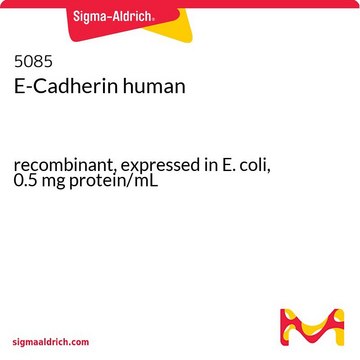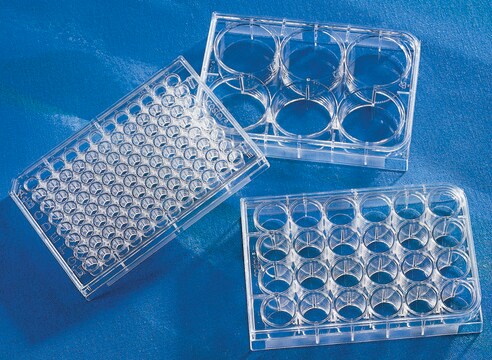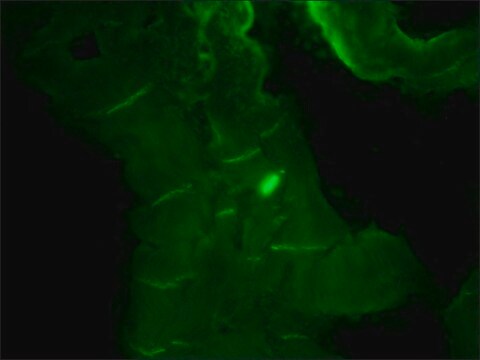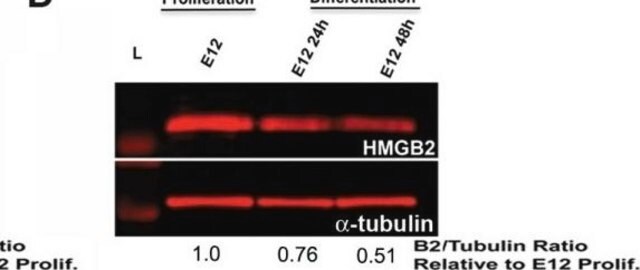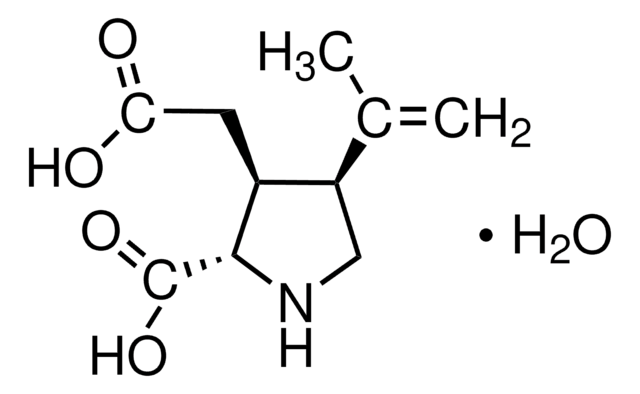E2153
E-Cadherin/Fc Chimera from mouse
>90% (SDS-PAGE), recombinant, expressed in NSO cells, lyophilized powder
Sinónimos:
L-CAM, Arc-1, Cell-CAM120/80, Epithelial cadherin, Uvomorulin
About This Item
Productos recomendados
biological source
mouse
Quality Level
recombinant
expressed in NSO cells
sterility
sterile; sterile-filtered
assay
>90% (SDS-PAGE)
form
lyophilized powder
mol wt
monomer calculated mol wt 88.2 kDa
~120 kDa by SDS-PAGE (reducing)
calculated mol wt 88.2 kDa
packaging
pkg of 50 μg
technique(s)
cell culture | mammalian: suitable
impurities
endotoxin, tested
UniProt accession no.
shipped in
ambient
storage temp.
−20°C
Gene Information
mouse ... Cdh1(12550)
General description
Application
Biochem/physiol Actions
Physical form
Storage Class
13 - Non Combustible Solids
wgk_germany
WGK 3
flash_point_f
Not applicable
flash_point_c
Not applicable
ppe
Eyeshields, Gloves, type N95 (US)
Elija entre una de las versiones más recientes:
¿Ya tiene este producto?
Encuentre la documentación para los productos que ha comprado recientemente en la Biblioteca de documentos.
Nuestro equipo de científicos tiene experiencia en todas las áreas de investigación: Ciencias de la vida, Ciencia de los materiales, Síntesis química, Cromatografía, Analítica y muchas otras.
Póngase en contacto con el Servicio técnico